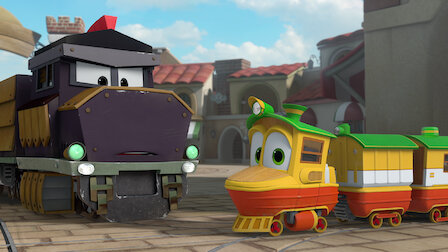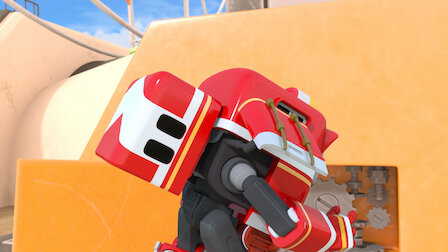

It was this parallel that led Shah and Taylor to adopt USD as the standard format for the enormous environmental data sets they use to create testing solutions for autonomous robots, vehicles, and drones. So, how do you represent that efficiently? In order to solve a problem, you first have to be able to represent the problem.” The complexity is not just two or four times more-it’s exponentially higher. “Now, imagine you take that cage away, and you are instead moving around inside a busy warehouse, and it's complete chaos from the robot’s perspective. “For decades, we’ve had large robots operating inside cages. To explain how this challenge applies to robotics, Shah draws a parallel to the journey that robots are now taking. “Before USD, we just couldn't manage the complexity. “Fast forward to the Cars films with their landscapes and cities, and to Brave, where we had to simulate an entire forest,” says Shah. A large part of Toy Story, he reminds us, took place in the relatively small world of a young boy’s bedroom. Shah uses the analogy of Pixar films like Toy Story, Cars, and Brave, released in 1995, 2006, and 2012 respectively, to illustrate the rationale behind adopting USD for robotics testing. “From the very beginning,” says Shah, “we knew we had to have a very strong foundation in terms of our data model.” The key, as it turns out, is the Universal Scene Description (USD) standard, a data format developed at Pixar to efficiently define extremely large, complex 3D models.
BRAVE ROBOT TRAIN HOW TO
While Shah and Taylor might seem an unlikely duo, each brings a vital piece of the simulation puzzle: how to accurately simulate complex environmental scenarios, and how to make the scene work with real-time responses from sensors and machines. Shah’s resume includes 12 years at Pixar Animation Studios, where he helped to solve the very data-heavy environment problems faced by the robotics industry today. and is now Duality’s Chief Roboticist and Head of Solutions Engineering, and CEO Apurva Shah, a Visual Effects Supervisor for high-end animated films.

It shows so much promise, in fact, that the company recently received an Epic MegaGrant to further develop the Falcon platform.ĭuality Robotics was founded in 2018 by Mike Taylor, who led teams to build massive field robots at Caterpillar Inc. Falcon, with Unreal Engine as its underpinning, features environments so realistic that machine learning networks can’t tell the difference between the synthesized and the real worlds. This duality is at the core of Duality Robotics, informing its Falcon platform for robotics and AI development. But these tests require realistic virtual worlds running in real time, and a deftness with the duality of the physical and virtual. Many companies are working on attaining this standard, and are testing these machines in virtual environments where edge cases and anomalies can be rigorously tested alongside the norms, all without the machines causing danger to people, property, or themselves. Truly autonomous robots, drones, and vehicles-machines that can navigate a busy building, a desert landscape, or the open road, and do it as well as a human being can-have yet to be achieved. Autonomous robots have served the industrial sector for many years, but largely as immobile, caged machines limited to highly specific tasks.


 0 kommentar(er)
0 kommentar(er)
